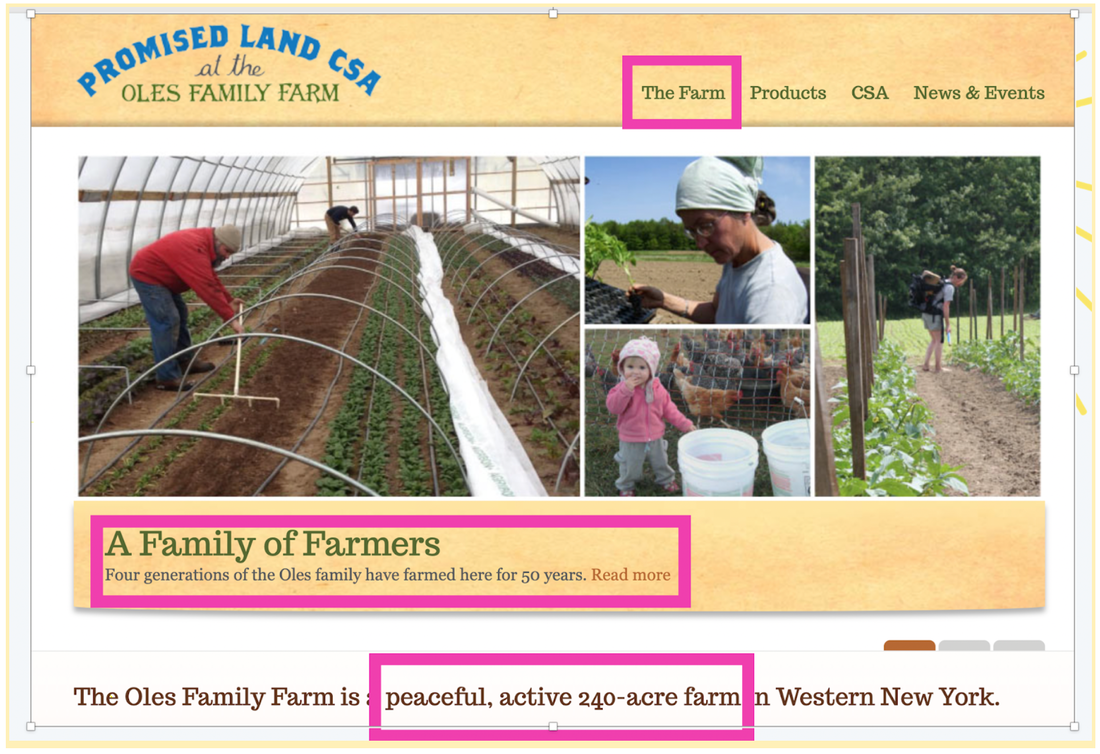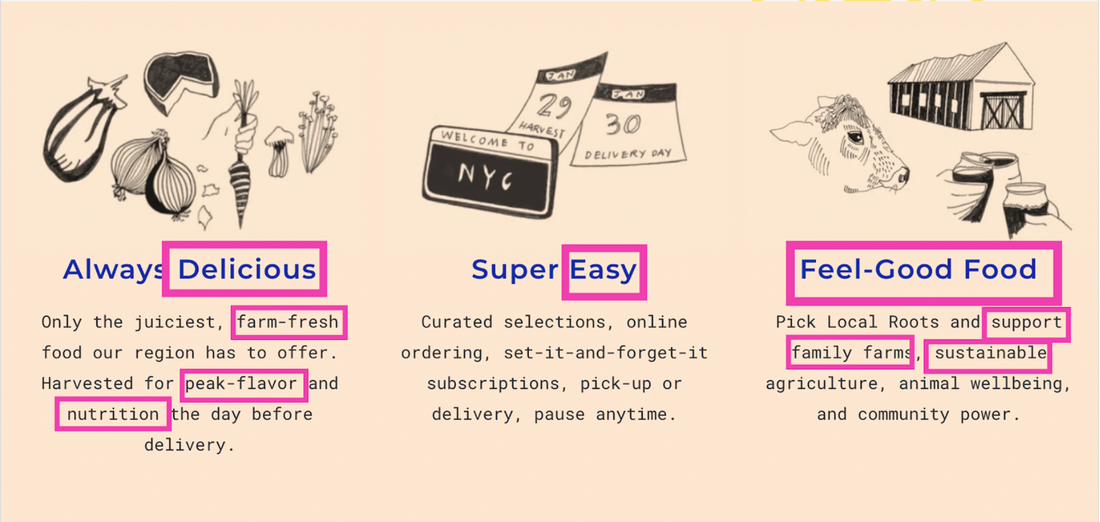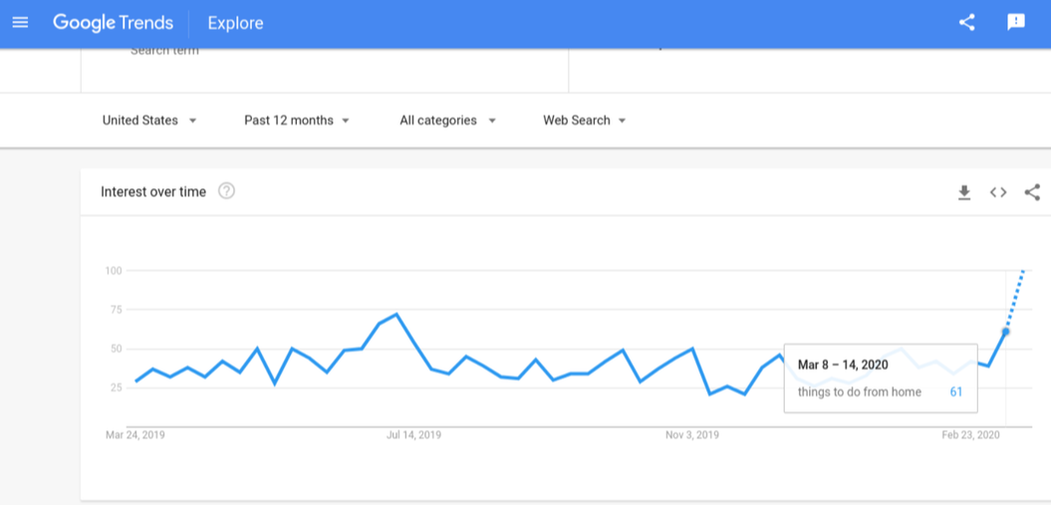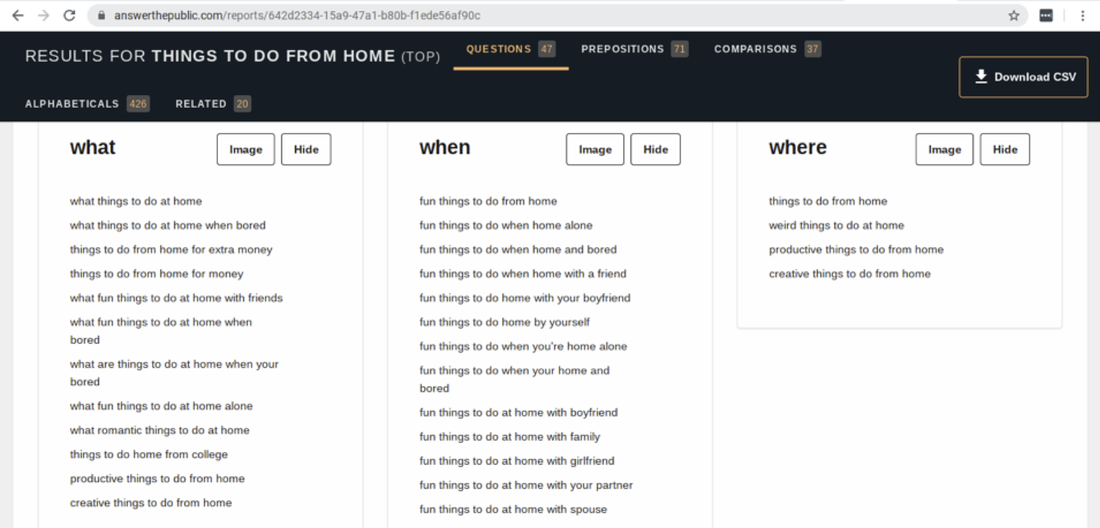|
Google recently released a new update to search algorithms, which features improved AI with a greater ability to read and understand more content. Having a clear sense of how your customers search (and what they search for) can enable you to use SEO and empathy to connect in a way that meets their needs.
This BERT update, which impacts both Google’s software and hardware, provides greater clarity on two things that are essential for creating useful and effective content: What people are thinking about and how they’re living their lives. In a nutshell, it means Google’s search feature will enable users to find more useful information based on their queries, more quickly and easily:
“In fact, when it comes to ranking results, BERT will help Search better understand one in 10 searches in the U.S. in English, and we’ll bring this to more languages and locales over time.” As a firm, we’ve been saying for a while that with improvements in artificial intelligence and voice-based search, Google will be able to read more of the internet and to understand more of it. To date, Google has been skimming the internet and looking for keywords in places a human would look to understand an article at a glance - in headlines, in the first paragraph, etc. For that reason, we’ve always suggested having content that follows SEO best practices, but more importantly that puts the core needs, struggles, and desires of your customers first. To understand those needs, struggles, and desires, we must use empathy in conjunction with data, which helps us understand how customers are searching for our products and services in different scenarios. Putting Our Customers First In Our Copy
While some of the focus of Google’s update is simply clarifying search intent in basic ways:
“Particularly for longer, more conversational queries, or searches where prepositions like “for” and “to” matter a lot to the meaning, Search will be able to understand the context of the words in your query. You can search in a way that feels natural for you.” It’s also easy for there to be a mismatch between how you present your products and services, and what customers are actually searching for. A common mistake businesses make is to focus their copywriting on their own business goals and personal passions. Sometimes, we do this at the expense of connecting effectively with our customers and their problems, aspirations, and goals. For example, looking at the websites for two farms in the New York area, the first example focuses on traits like how big the farm is, and how it is family-owned.
In this second example, this farm focuses on the desires of their customers (for delicious, nutritious, farm-fresh food, for people who want their purchase to make an impact) as well as on things that might be difficult for their customers (emphasis on ease of sign-up and pick-up, and ability to pause CSA subscription at any time.)
Design Tools for Understanding Our Customers
There are a few tools that we regularly use as marketers to help us understand our customers:
A great example of this in action can be seen in our work with Easterseals of DuPage & Fox Valley. With Easterseals, we asked parents of children with disabilities to explain what search terms they'd use in different scenarios, and one of the discoveries we made is that parents were searching for toddlers with [name of condition], rather than for services. This knowledge allowed us to write and implement new condition-focused landing pages—such landing pages for families seeking ADHD therapies or Down syndrome therapies—to reflect how parents were actually searching for services. Strategies for “Listening” More Closely to Your Audience
So how do we improve our search terms to be better aligned with our customer’s needs? Here are two of our favorite tools for improving our “listening skills” in the digital sphere within a search context:
Here are some examples of businesses who responded to this trending inquiry in a paid advertising context, using offers to drive urgency to sign up:
Photo credit: Acorn TV
Photo credit: Barre3 Madison
Even though these examples are from a paid advertising context, good content, optimized for search queries can fulfill this need as well. Which brings us to….
Identifying Opportunities for Adaptation, Based on Empathy
Listening to your audience “in real time” means you can respond with empathy, provide relevant information, and adapt in ways that can immediately fill a need. In some cases, this may mean using language or emphasizing elements in your content that match how your audience is thinking and making choices.
It may also mean adapting what you offer and how you interact with your audience to fit their needs. That could mean holding events online, building ecommerce platforms, or finding ways to offer services remotely. Adaptation is key—and you won’t know how to adapt if you haven’t first “listened.” Here are some ways organizations have adapted to the current reality of social distancing, while meeting people’s needs with empathy:
Learn more about our services on our website, and if you’re a nonprofit or faith organization, you can sign up for a free 30-minutes consultation to get help with marketing, Zoom, SEO and more. Nonprofit organizations can sign up here. Faith organizations can sign up here. |








 RSS Feed
RSS Feed




